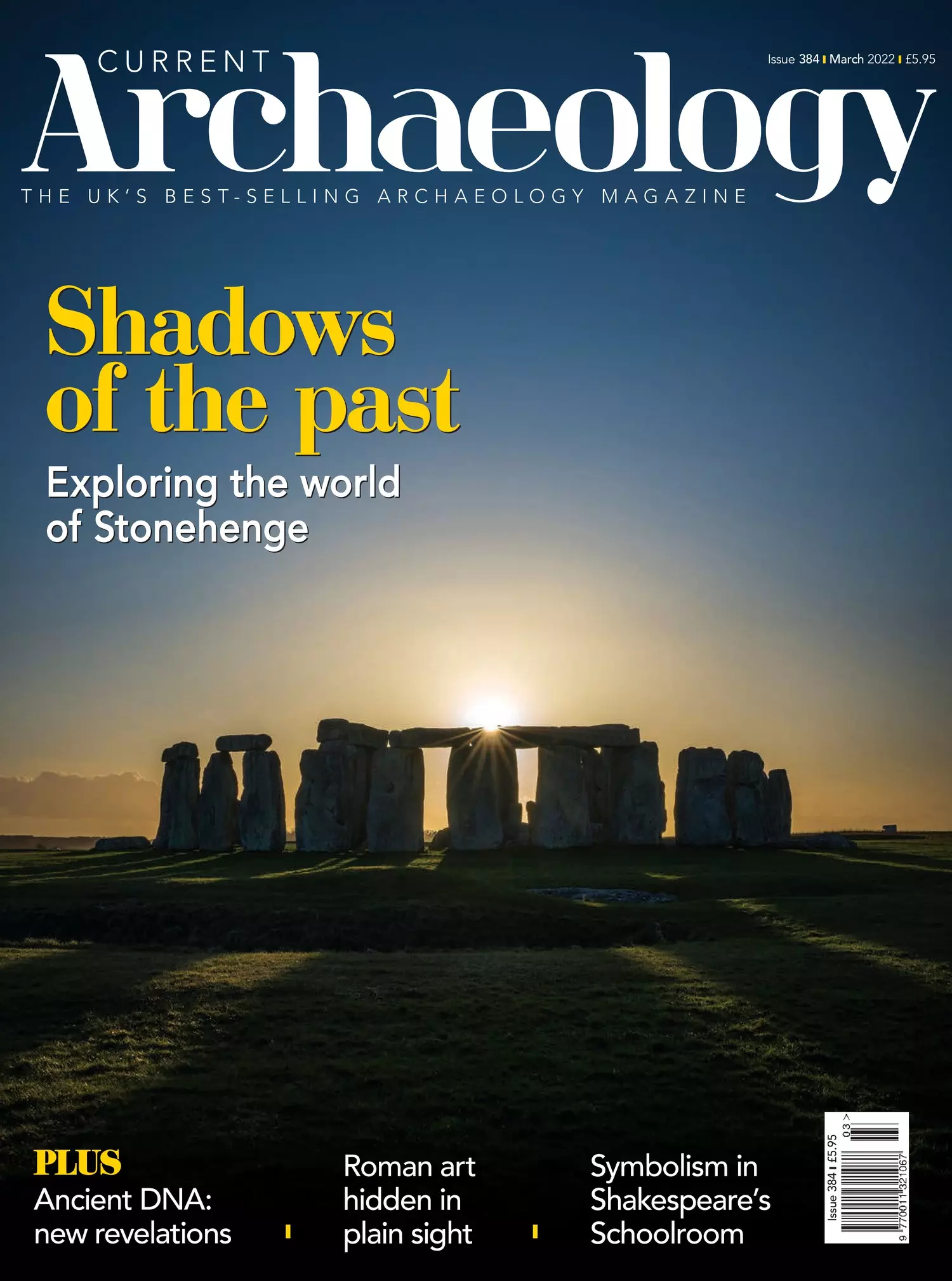This month’s cover star is, of course, Stonehenge – one of the most recognisable archaeological sites in Britain. What can we understand about the world that this famous monument emerged from, though, and how much can we know about the experiences of the people who built it? A new exhibition at the British Museum places the site in its wider context, and explores the transformative social, cultural, and technological changes that it witnessed.
While our cover feature considers the ideas and identities that Stonehenge may have been intended to express, was there also deeper meaning in the act of sourcing its raw materials? Our next article discusses ideas of significance and symbolism in Neolithic stone extraction.
Stone and the art of shaping it also plays a key role in our third feature, which showcases the latest findings of the Elusive Sculptures project. Researchers have been documenting previously unrecorded Roman carvings and inscriptions that have lain hidden for hundreds of years – many of them in plain sight.
Centuries-old artistic secrets have been coming to light in Stratford-upon-Avon too. We have visited the town’s medieval guildhall to learn more about 15th-century wall paintings that were covered over during the Protestant Reformation – and about the building where William Shakespeare is thought to have attended school.
Finally, bookending this issue with more news from Salisbury Plain, we bring you the latest findings following ancient DNA analysis of the Amesbury Archer, an early Bronze Age migrant from the Continent who was given one of Europe’s richest Bell Beaker burials a short distance from Stonehenge.

